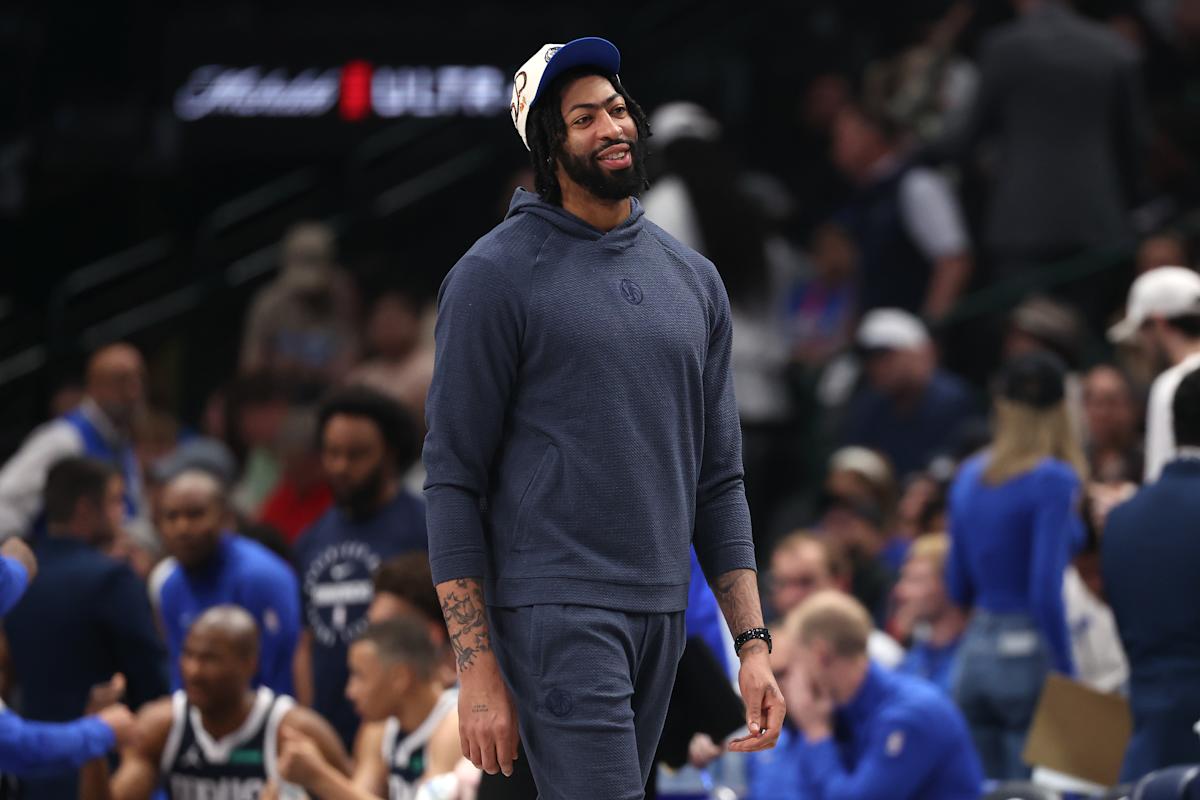By Martin Graham
Liverpool’s recent slide has been rooted in their attempts to move the ball out from defence, a tactic they haven’t managed to nail down this season with one win in the last seven games. Following yet another humiliating 0-3 home defeat at against a resurgent Nottingham Forest, questions will no doubt be asked of Arne Slot. With Trent Alexander-Arnold now at Real Madrid and Alisson Becker sidelined for weeks, the structure of the backline has shifted noticeably.
Giorgi Mamardashvili’s promotion to the starting XI brings a change many overlook: the Georgian is left-footed, unlike Alisson and former stand-in Caoimhin Kelleher. This difference reshapes Liverpool’s early-phase distribution, as a left-footed keeper naturally directs passes in ways Alisson rarely would.
Under Alisson, play typically funnelled to Virgil van Dijk, the more composed center-back in possession. Mamardashvili’s angles instead push the ball toward the right channel, where Ibrahima Konate works with Conor Bradley or Jeremie Frimpong. Opponents have read this pattern and frequently apply pressure that blocks Liverpool’s left side, forcing their build-up into areas that are now less secure.
Without Alexander-Arnold, the right side lacks a defender capable of escaping pressure with bold, two-footed passing. Liverpool’s full-backs also struggle to manipulate the tempo needed to beat the press, particularly when Milos Kerkez’s intentions become predictable and Bradley’s brisk circulation speeds up phases that benefit from patience. These issues result in hurried decisions, avoidable turnovers, and fewer stretches of controlled possession.
Why Mohamed Salah’s threat has faded
Mohamed Salah, once the focal point of Liverpool’s attacking rhythm, has found less influence in the current setup. Last season, the right flank thrived through the triangle of Salah, Dominik Szoboszlai, and Alexander-Arnold—whose adventurous positioning acted as a subtle but vital trigger.
Alexander-Arnold often moved into central attacking zones while defenders held the ball, forcing rival midfielders to track him. That movement cleared the passing route from Konate to Salah, enabling the forward to collect possession facing upfield with room to accelerate, dribble, and combine.
It also allowed Liverpool’s natural central midfielders, such as Ryan Gravenberch and Alexis Mac Allister, to sit behind the ball in compact positions that helped guard against counters. The structure was stable, layered, and efficient.
This season, the full-backs receive deeper and wider, limiting links through central channels. The corridor between Konate and Salah becomes crowded, so direct passes arrive at Salah’s feet with defenders at his back, reducing his ability to turn and attack. Meanwhile, the increased midfield rotation leaves fewer players stationed centrally when Liverpool loses possession, exposing the team to dangerous transitions.
Liverpool’s defensive imbalance without the ball
Under Arne Slot, Liverpool press differently from the classic Jurgen Klopp era. The team often adopts a 4-2-4 shape and follows Slot’s preference for maintaining a numerical advantage on the defensive line—known as the “plus one” principle.
When opponents position three attackers high, Liverpool keeps four defenders in place, which means sacrificing a player higher up the pitch. The result is a front line that presses against opponents who have an extra player in the build-up, creating difficult angles and demanding pinpoint pressing quality.
Teams can exploit this by circulating the ball toward the side Liverpool attempts to trap, then quickly switching to the opposite flank. The lack of pressure equalization in the front line leaves gaps that sharper teams have used to progress upfield.
The Arsenal match highlighted the dilemma. Liverpool began with the extra defender and were repeatedly outnumbered when Arsenal built through Riccardo Calafiori, who took up advanced positions. Slot solved the problem temporarily by switching to man-to-man marking after half-time—using Szoboszlai to press Calafiori—but it left the backline exposed in ways Slot prefers to avoid. Subsequent matches have seen a return to the original system, along with its complications.
More than tactics behind Liverpool’s decline
Liverpool’s issues extend past structural flaws. Their vulnerability from set pieces and difficulty judging long balls have become costly in a league where both carry increasing importance.
Off the pitch, the emotional burden of losing teammate Diogo Jota has unquestionably affected the squad and staff.
Despite heavy investment and high-profile arrivals, assembling a coherent, confident team requires balance—and Liverpool has yet to find it. The mixture of tactical disruption, personnel changes, and emotional strain has culminated in their sharp drop in form.























